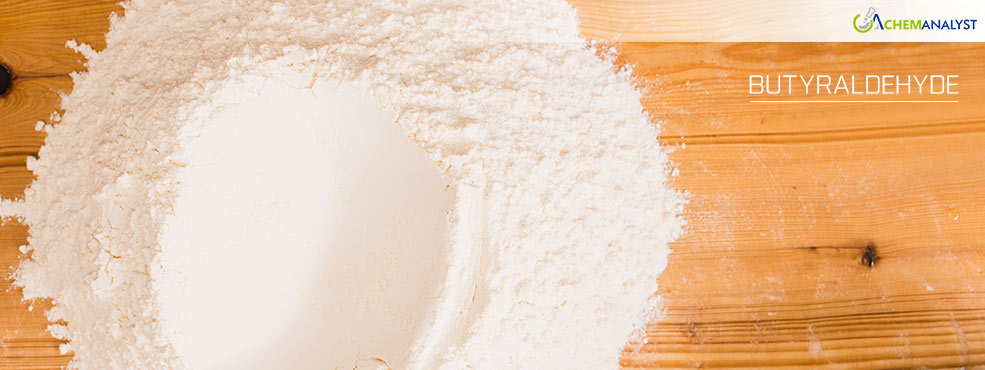Welcome To ChemAnalyst

In early December 2024, Butyraldehyde prices in Asia continued to decline, driven by weak demand from downstream sectors such as plasticizers, solvents, and paint coatings. The lack of cost support from feedstock propylene exacerbated the bearish market sentiment, leading to cautious approaches from buyers and sellers alike. Producers faced challenges maintaining price stability amidst sluggish procurement and rising inventories, highlighting persistent imbalances in supply and demand.
The construction sector, a significant driver of downstream Butyraldehyde market, struggled in northern China due to cold weather, which halted or delayed many projects. Southern regions fared slightly better, with some projects nearing completion, but funding shortages and limited new orders curbed demand for construction materials. Manufacturers across Asia were burdened by weak inquiries and oversupply, prompting aggressive pricing strategies to clear stocks before year-end. Without support from propylene or improved activity in downstream sectors, the market's prospects remained bleak.
In India, Butyraldehyde prices fell further, pressured by oversupply and limited trading activity. Buyers adhered to a just-in-time purchasing approach, reducing procurement volumes amid muted demand from plasticizers, solvents, and coatings. The construction sector's struggles, marked by slow housing and infrastructure development, compounded these challenges. Seasonal slowdowns and structural issues, such as inflation-driven material costs and high borrowing rates, further dampened consumption. Buyers focused on essential purchases, avoiding stockpiling due to concerns over prolonged market weakness.
The downturn in India’s construction sector significantly impacted Butyraldehyde consumption. Delays in infrastructure projects, combined with subdued post-election economic recovery, hindered growth. Seasonal slowdowns reduced activity in public works and civil engineering, limiting demand for materials tied to Butyraldehyde. These challenges underscored the construction sector's critical role in supporting downstream markets and highlighted the broader difficulties facing the chemical industry including Butyraldehyde.
In Europe, Butyraldehyde markets also reflected bearish trends, particularly in Germany, where high interest rates, elevated costs, and a sharp drop-in new project activity curtailed demand. Seasonal slowdowns during winter months exacerbated these issues, with only minimal activity in public works offering some support. Weak demand for downstream products like plasticizers and coatings highlighted ongoing challenges in balancing supply and demand. Overall, the Butyraldehyde market remains under pressure across Asia and Europe, with oversupply, weak downstream demand, and minimal cost support contributing to a prolonged bearish outlook.
As per ChemAnalyst, the downward pressure on Butyraldehyde prices is likely to persist in the coming weeks. Year-end inventory clearance efforts and tepid demand are expected to weigh on prices. Broader challenges in the construction sector, including reduced funding for infrastructure and housing projects, are expected to keep downstream consumption subdued in the foreseeable future.
We use cookies to deliver the best possible experience on our website. To learn more, visit our Privacy Policy. By continuing to use this site or by closing this box, you consent to our use of cookies. More info.
